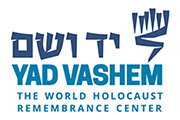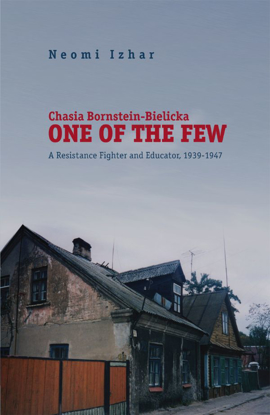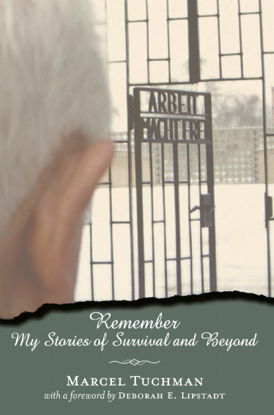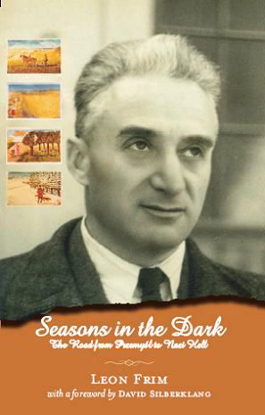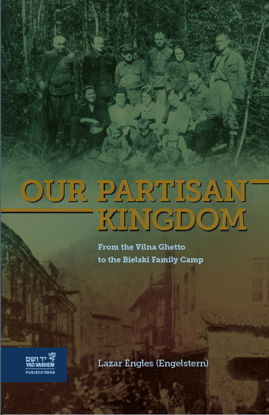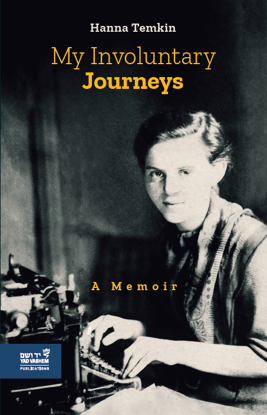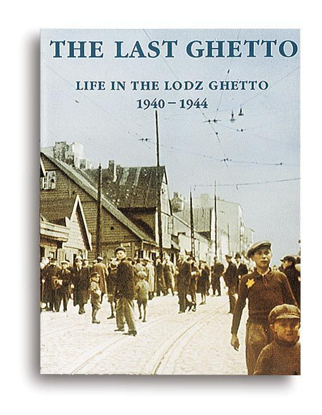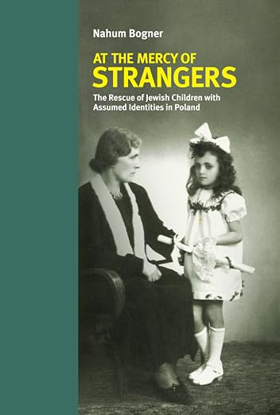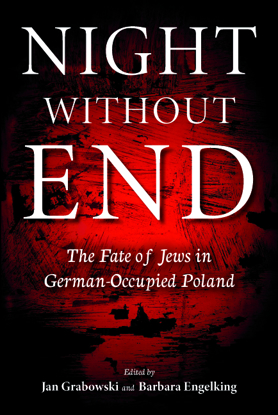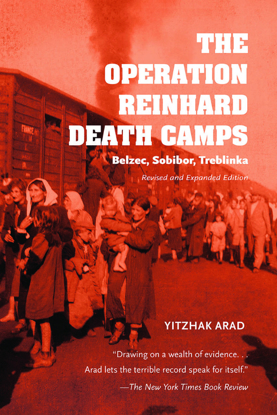Products tagged with 'Poland'
Chasia Bornstein-Bielicka: One of the Few: A Resistance Fighter and Educator, 1939-1947
Neomi Izhar
Remember: My Stories of Survival and Beyond
Marcel Tuchman | Foreword by Deborah E. Lipstadt
Relations Between Jews and Poles during the Holocaust: The Jewish Perspective
Havi Dreifuss (Ben-Sasson)
"As far as Polish‒Jewish relations are concerned, we need to devote at least a few words to the attitude of Jews toward the Poles.… even in their suffering, the Jews remember with deep emotion and gratefulness all the acts of kindness toward them and the helping hand extended to them by each of those Poles.… But, despite this, the insult and humiliation—which shall never be forgotten—no one wishes to remember."
(Anonymous, Warsaw Ghetto, 1942)
OUR PARTISAN KINGDOM - From the Vilna Ghetto to the Bielski Family Camp
Lazar Engles (Engelstern)
The moment we first set foot on the soil of the Naliboki Pushcha, the atmosphere was completely different. We felt a new kind of security, as if we were in our own partisan kingdom…. We had survived so many dangers, but we were now among Jews in the forest.
Prior to the German invasion of the Soviet Union, Lazar Engles (Engelstern) lived a peaceful and fulfilled life in his beloved city of Vilna with his wife and two daughters. The Nazi occupation of the city in June 1941 and its subsequent ghettoization marked a rapid escalation of horrors for Lazar and his family.
White Coats in the Ghetto: Jewish Medicine in Poland during the Holocaust
Miriam Offer
A last few words to honor you, the Jewish doctors. What canI tell you, my beloved colleagues and companions in misery? You are a part of all of us. Slavery, hunger, deportation, thosedeath figures in our ghetto were also your legacy. And you byyour work could give the henchman the answer Non omnis moriar, I shall not wholly die. (Dr. Israel Milejkowski, Director, Judenrat Health Department in the Warsaw Ghetto, October 1942)
White Coats in the Ghetto narrates the struggle of the Jews to survive in the Warsaw ghetto while also preserving their humanity during the Holocaust. Based on a vast quantity of official and personal documents, it describes the elaborate medical system that the Jews established in the ghetto to cope with the lethal conditions imposed on them by the Nazis, and the tragic ethical dilemmas that the medical teams confronted under German occupation.
My Involuntary Journeys
Hanna Temkin
In My Involuntary Journeys, Hanna Temkin shares her story for the first time, shedding light on lesser-known aspects of Jewish life and survival in Eastern Europe before, during, and after the Holocaust. Moreover, Hanna’s story is an inspiring tale of female empowerment and serves as a testament to her ability to overcome the worst odds.
At the Mercy of Strangers: The Rescue of Hidden Jewish Children with Assumed Identities in Poland
Nachum Bogner
Night Without End: The Fate of Jews in German-Occupied Poland
Edited by Jan Grabowski and Barbara Engelking
